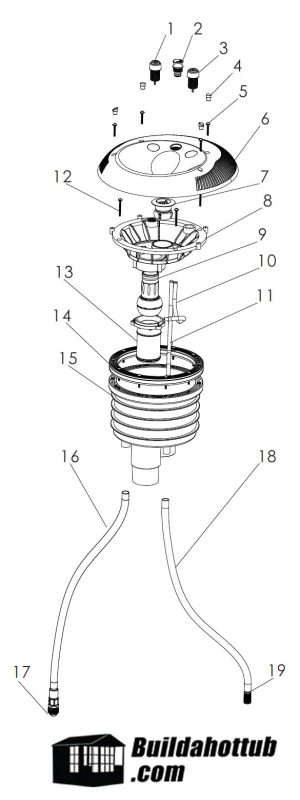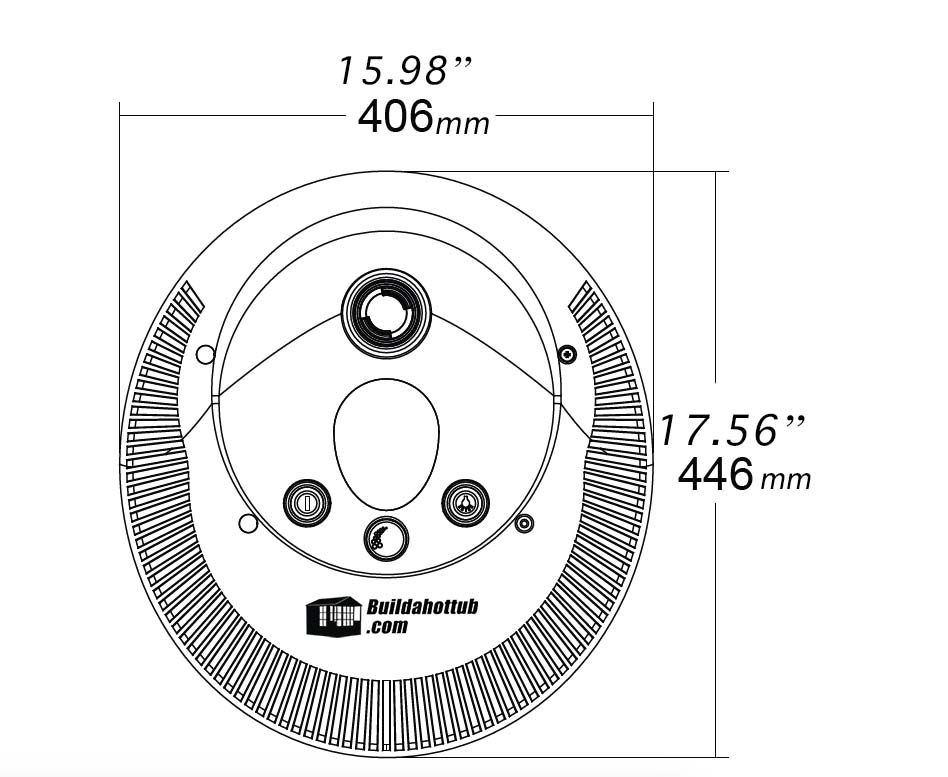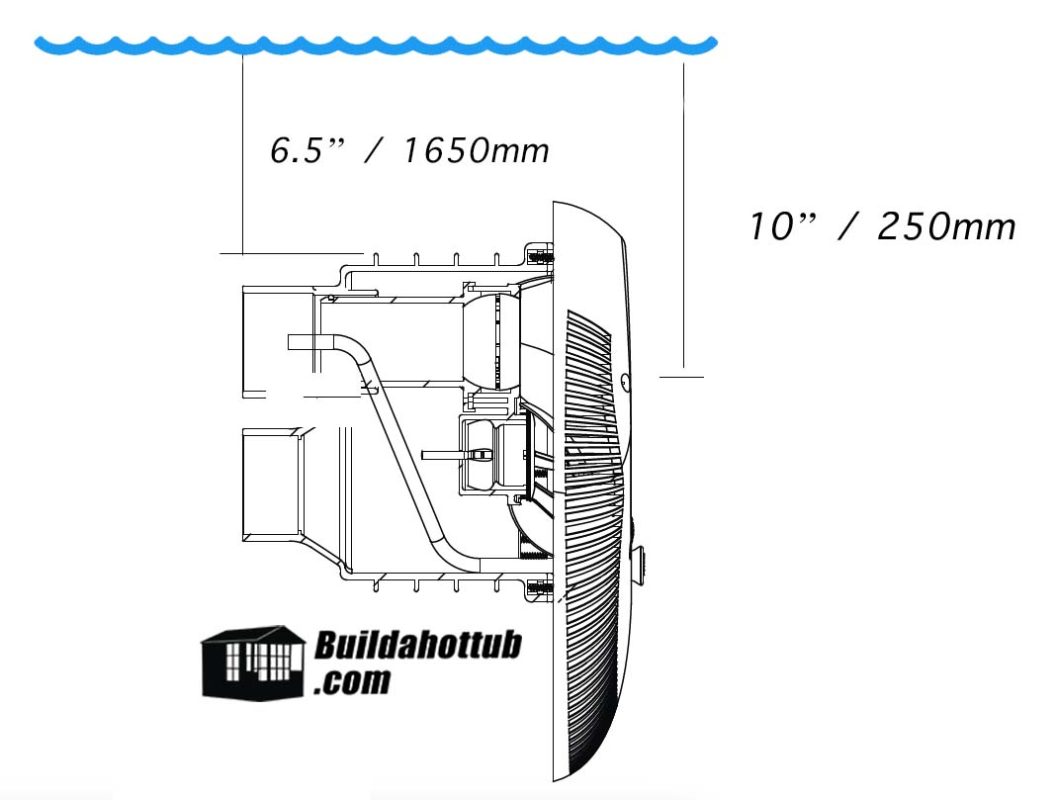Sale!
17ft x 10ft SWIM SPA Plans – Resort-Style | Plans + Videos + Guide (Internal)
Original price was: $449.00.$149.00Current price is: $149.00.
**What’s Included:** –
✅ Professional CAD designs
✅ Complete plumbing diagrams
✅ 130-page installation guide
✅ Video course (40+ lessons)
✅ Parts shopping list
✅ Lifetime email support
“These plans saved me $50,000 and the support was incredible!” – Kyle B., Colorado ⭐⭐⭐⭐⭐

























